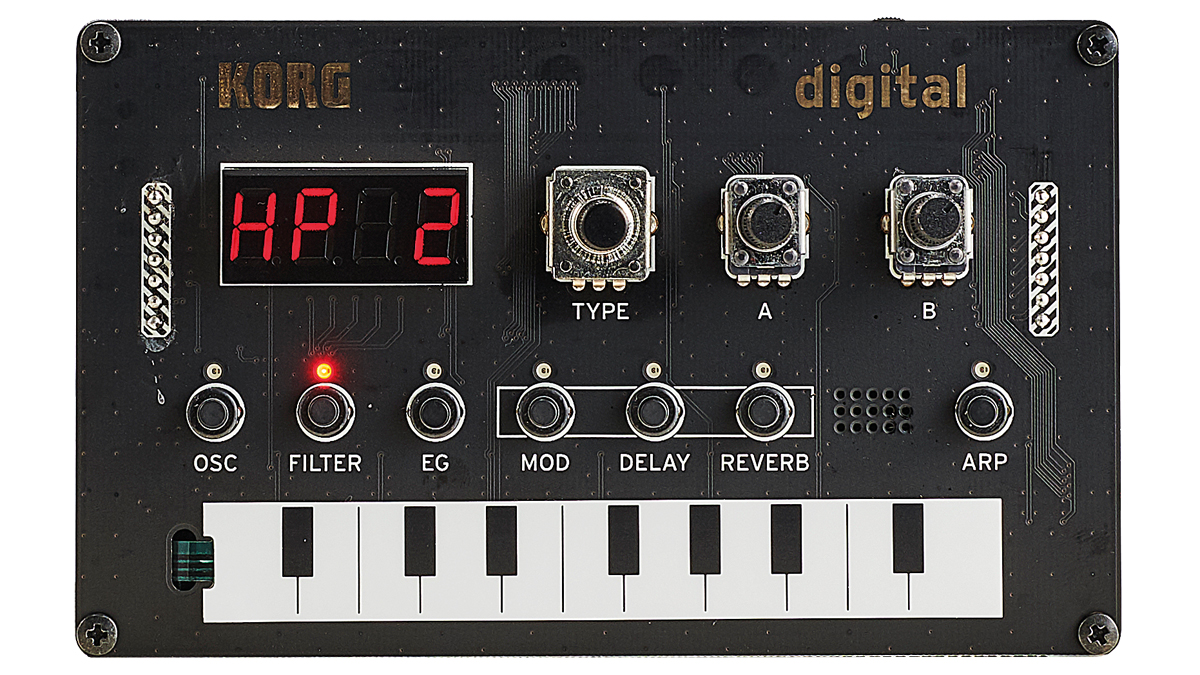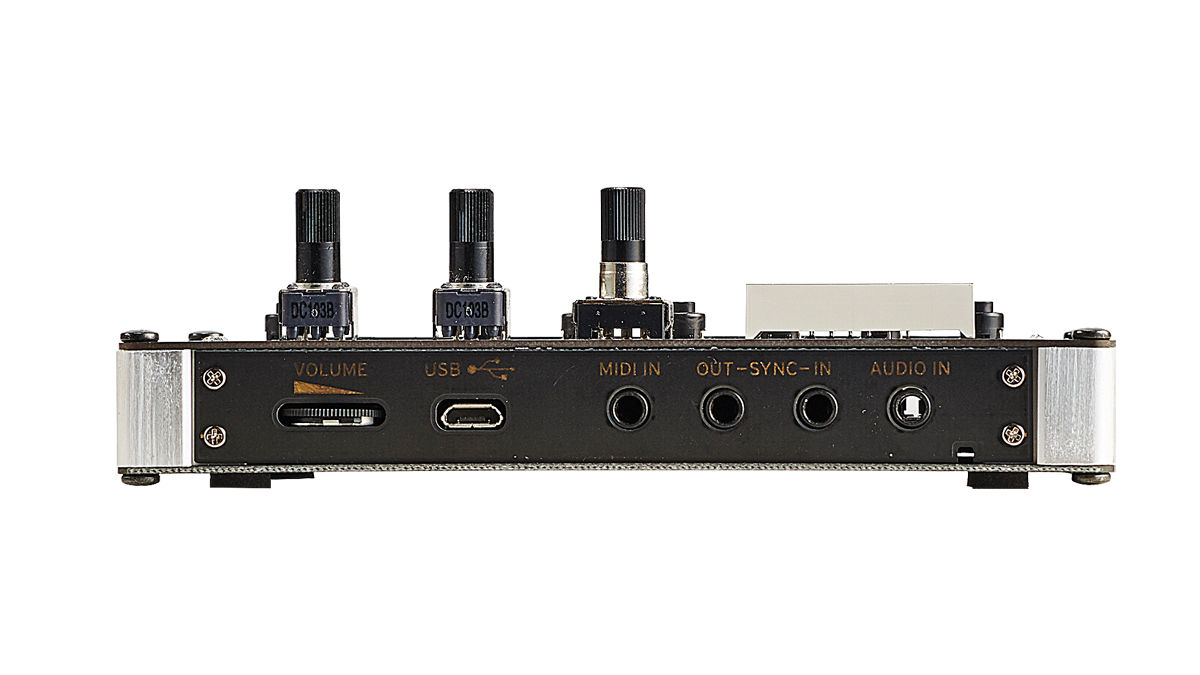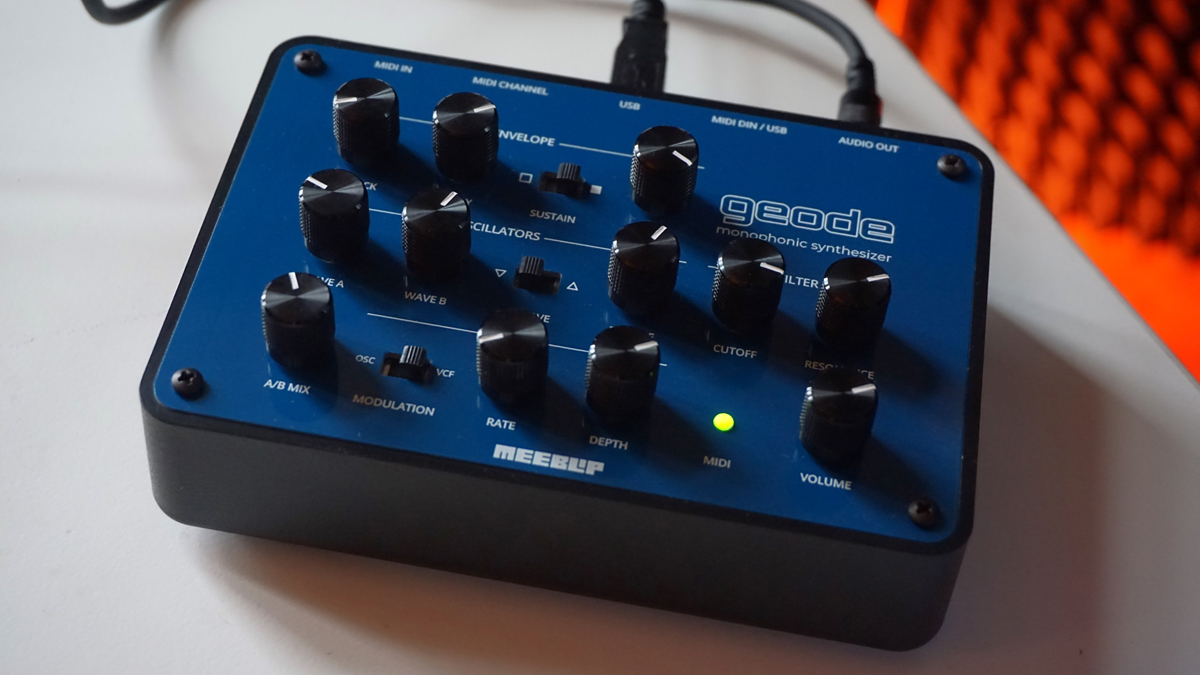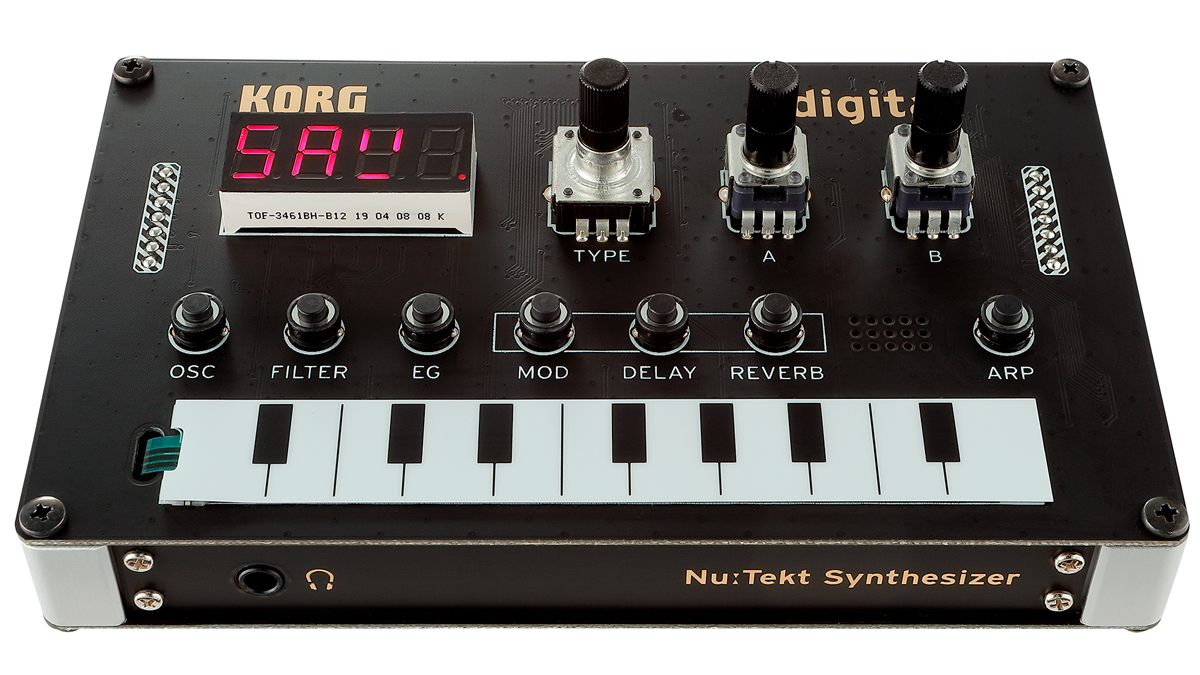MusicRadar Verdict
Easy to build and fun to program, the NTS-1’s flexibility and expandability make it a mini synth to be reckoned with
Pros
- +
A ‘DIY’ synth that’s easy to build
- +
Surprisingly flexible and expandable with custom oscillators and effects
- +
Excellent effects that can be used to process external sounds
Cons
- -
Not the sturdiest of synths, and the ribbon keyboard isn’t great to play
- -
You’ll need to consult the manual to learn how to use certain features
MusicRadar's got your back
What is it?
Over the past decade, Korg has proven itself to be the master of the mini synth. First came the Monotron, in 2010, and this was followed in 2013 by the Volca range, which continues to grow in size.
The Nu:Tekt NTS-1 is more Monotron than Volca – certainly in appearance – but it’s also very much its own instrument. For a start, you have to build it yourself, and its single monophonic digital oscillator is capable of loading custom oscillators that have been developed for Korg’s Prologue and Minilogue XD synths. This feature alone should be enough to pique your interest.
Other features include a multimode filter, envelope generator, three LFOs, three stereo effect processors and an arpeggiator, and there’s the obligatory built-in speaker (plus a headphone socket for audio output).
Note input is via a ribbon keyboard, but MIDI In means that you can hook up a keyboard controller, and there’s also an audio in so that you can process external sounds with the effects, which can also be customised by loading third-party offerings. Sync In/Out sockets complete the connectivity.
Given its tiny size, it might surprise you to learn the NTS-1 can’t run on batteries; power is supplied over USB. This can be drawn from a power bank, though, so the synth’s portability isn’t compromised.


Performance and verdict
If the idea of having to build the NTS-1 fills with you with terror, allow us to set your mind at rest. There’s no soldering involved – it’s basically just a case of screwing the thing together (you even get a mini screwdriver in the box). You might feel a touch of apprehension as you snap the bits of the chassis apart (they come supplied as one board), but it’s nothing to have nightmares about. You should be done in well under an hour.
Once you’re up and running, the NTS-1’s many joys will quickly start to reveal themselves. Despite having just three knobs, the synth feels pretty tweakable, and it’s surprisingly flexible. With sawtooth, triangle, square and VPM oscillator options, you can cover a fair amount of sonic ground here, and there are low-, band- and high-pass filter types.
Notably, the envelope generator has a loop option, which enables some nice glitching action, and with juicy modulation, delay and reverb effects, the scope for sound design is considerable. The arpeggiator doesn’t disappoint, either, offering various scale types and running modes.

• MeeBlip geode
• Teenage Engineering Pocket Operators
• Korg Volca range
Because of its size, the NTS-1 does have some limitations. The ribbon keyboard is fine for triggering the arpeggiator (which can be latched, by the way), but not so great for actually playing anything (you’ll be making use of that MIDI Input), and many features have to be accessed by holding down a button and turning a knob, so you’ll need the manual to hand for a while at least.
When you consider the price, though, and the ease with which it can be customised with new oscillators and effects, the NTS-1 feels like a bit of a steal. With mini synths such as this, there’s always a danger that the novelty will wear off and the instrument will end up in the back of a cupboard before too long, but the Nu:Tekt has enough about it to retain a permanent place in your studio.
MusicRadar verdict: Easy to build and fun to program, the NTS-1’s flexibility and expandability make it a mini synth to be reckoned with.
Hands-on demos
Loopop
BoBeats
Reverb
Specifications
- Keyboard: Ribbon keyboard
- Sound Generation: 1 Digital Oscillator, 1 Multimode filter, 1 EG, 3 LFO
- Effects: MOD (CHORUS, ENSEMBLE, PHASER, FLANGER), DELAY, REVERB
- Input/output jacks: Headphone jack (3.5mm stereo mini phone jack), AUDIO IN jack (3.5mm stereo mini-phone jack), SYNC IN jack (3.5 mm stereo mini-phone jack, 20V maximum input level), SYNC OUT jack (3.5 mm stereo mini-phone jack, 5V output level), MIDI IN connector (3.5 mm stereo mini-phone jack) connector, USB port (micro B type)
- Power supply: USB bus power mode, Current consumption: 500 mA or less
- Dimensions (W x D x H)129 mm x 78 mm x 39 mm / 5.08” x 3.07” x 1.54”
- Weight124 g / 4.37 oz
- Included items: USB cable, Owner’s manual, Screwdriver
MusicRadar is the number one website for music-makers of all kinds, be they guitarists, drummers, keyboard players, DJs or producers...
- GEAR: We help musicians find the best gear with top-ranking gear round-ups and high-quality, authoritative reviews by a wide team of highly experienced experts.
- TIPS: We also provide tuition, from bite-sized tips to advanced work-outs and guidance from recognised musicians and stars.
- STARS: We talk to musicians and stars about their creative processes, and the nuts and bolts of their gear and technique. We give fans an insight into the craft of music-making that no other music website can.
“I used everything I knew about music”: How Green Day exceeded expectations with their most ambitious song
YouTube just added AI tools that makes musicians, library music and video editors redundant
“Every one of them said yes without hesitation": Hank Marvin and Roger Taylor have just remade a '60s classic for charity











